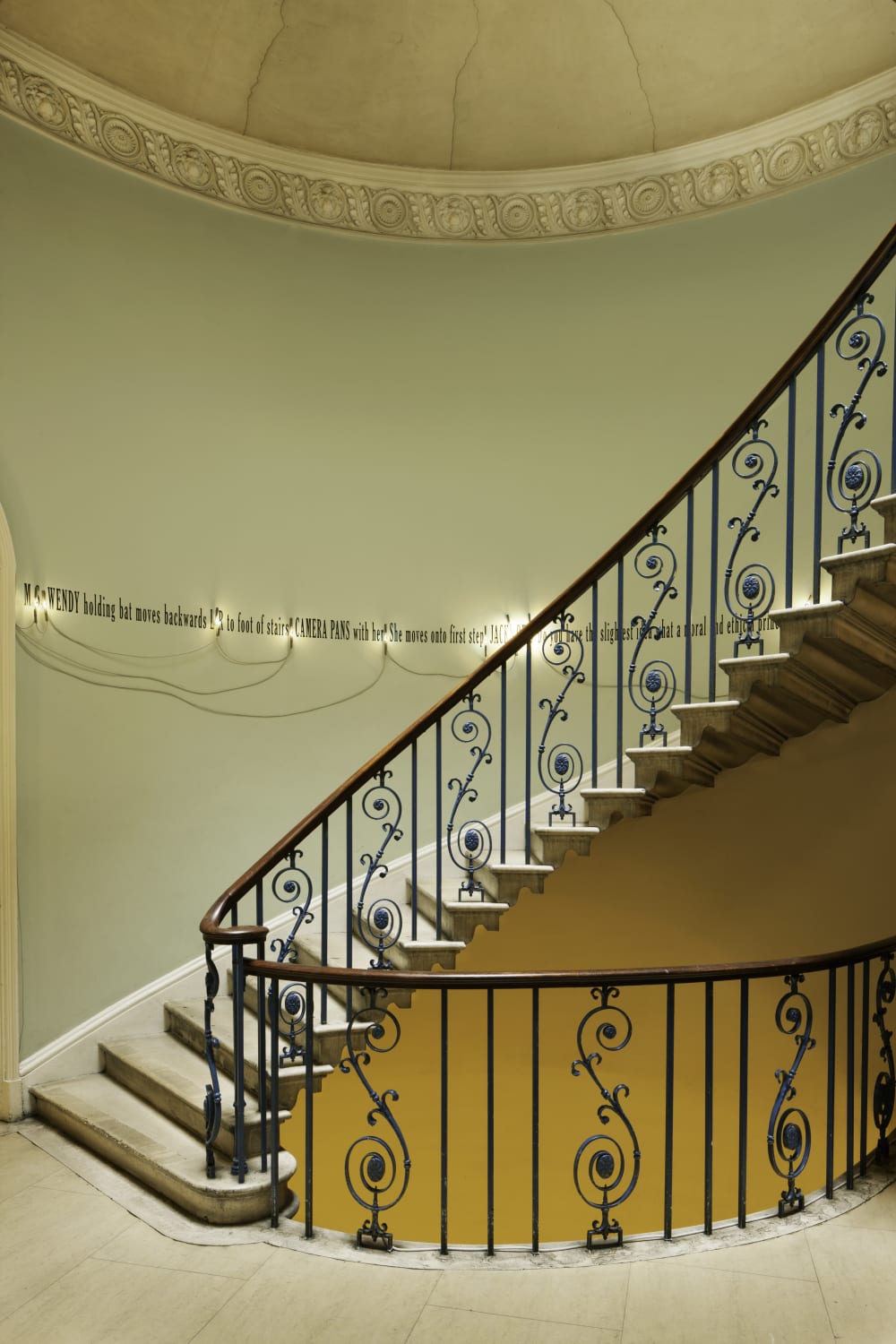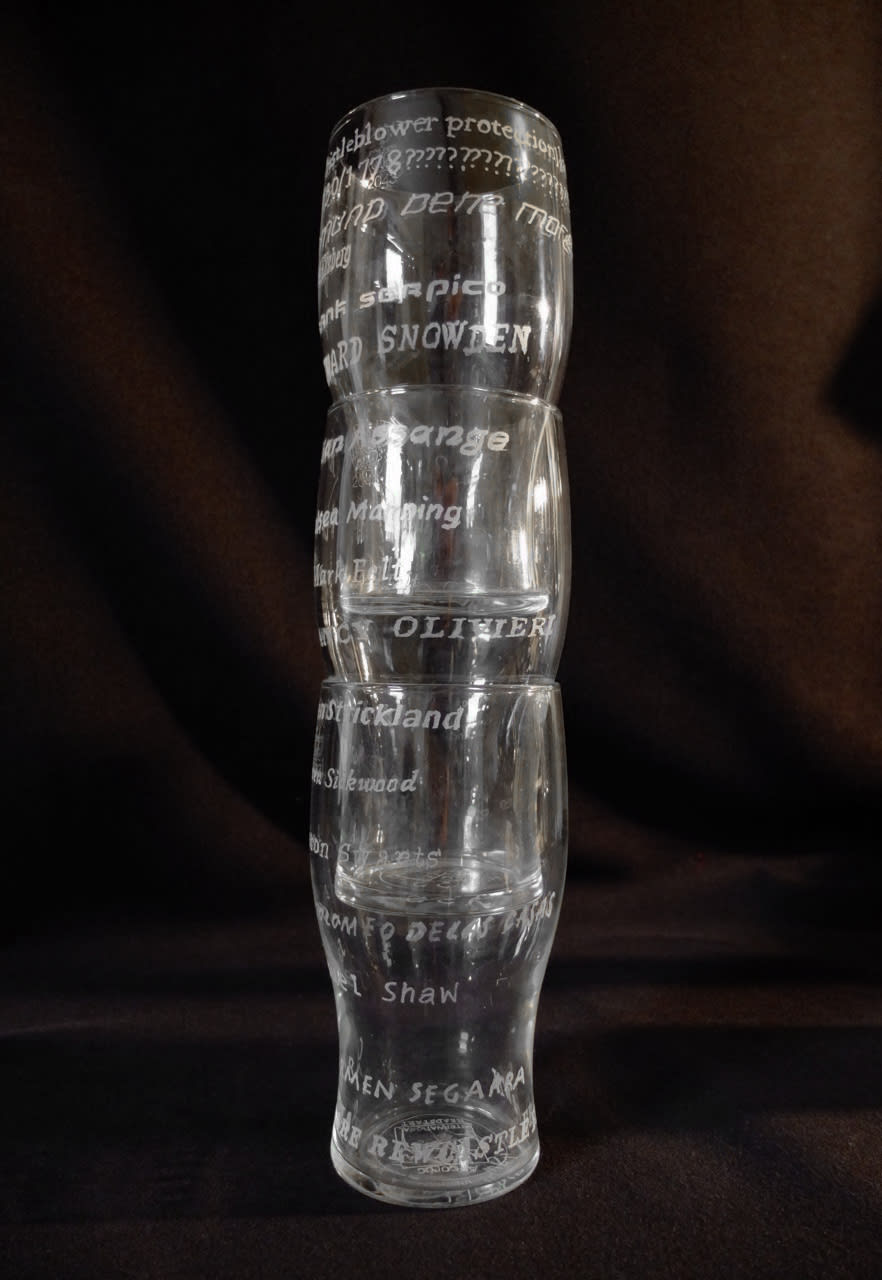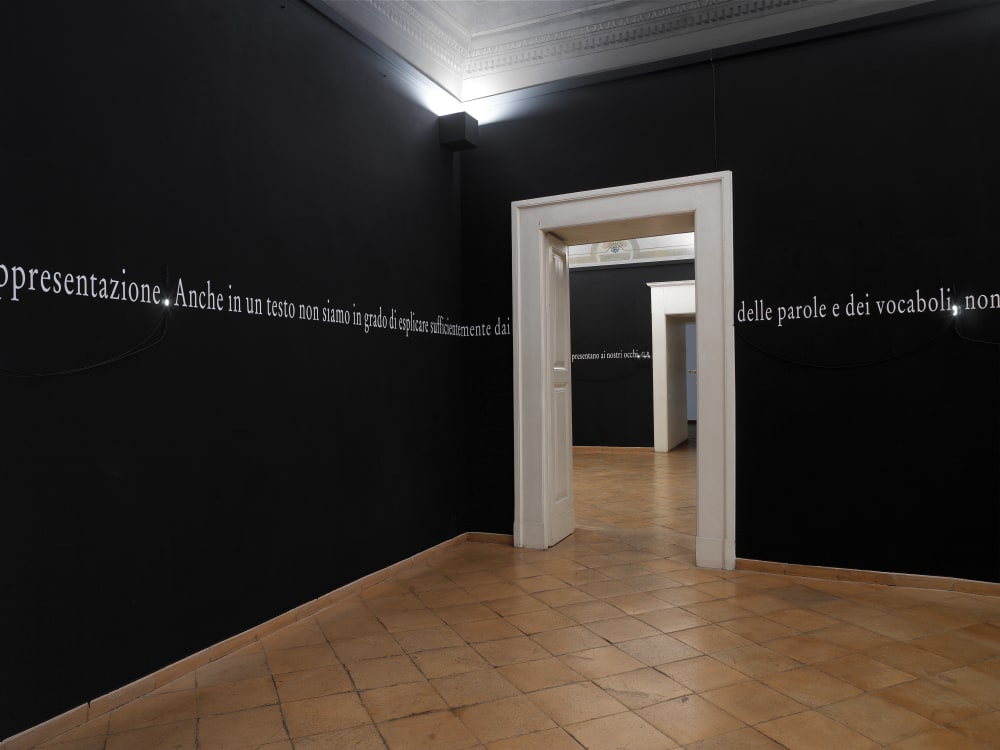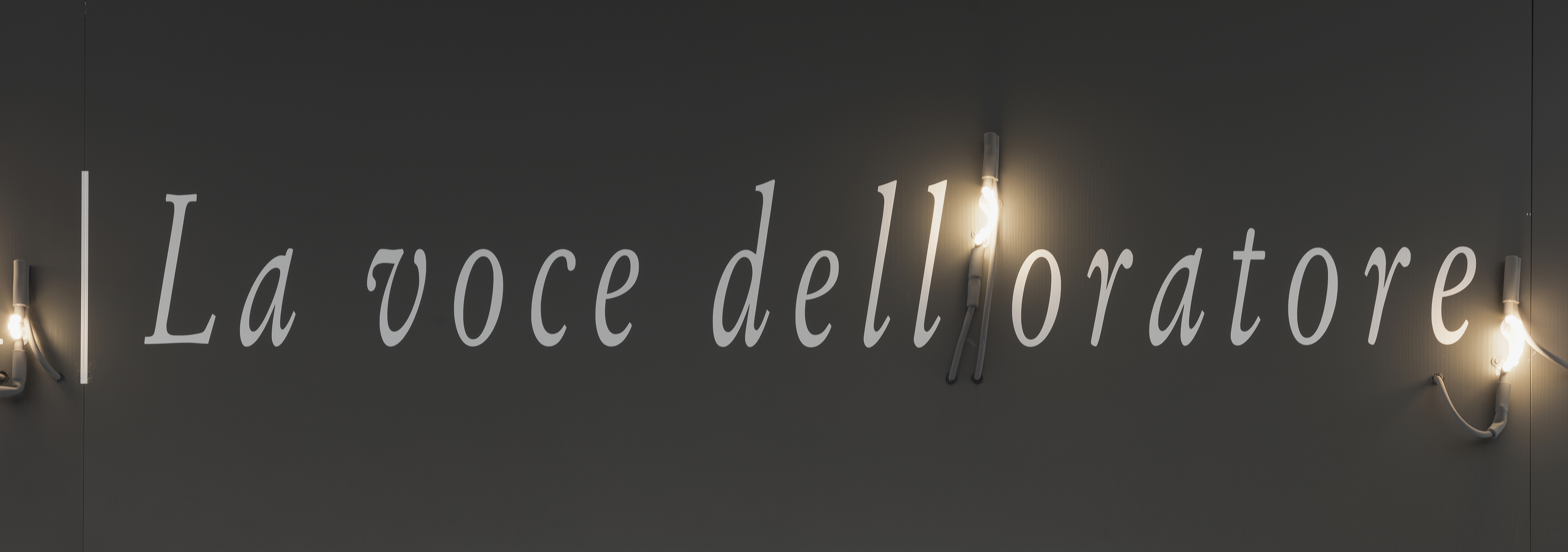Opening this January, Joseph Kosuth and Seamus Farrell have been invited to conceive two site-specific works at Chelsea Space: Kosuth's (A Grammatical Remark) #11, 2019 and Farrell's Britain, A Horizon Line Alined, 2019.
The artists have presented similar versions of these works and installation concept for the 12th Havana Biennale titled Between The Idea and Experience in 2015 at the historic Biblioteca National Jose Marti of Cuba. Both artists engage with the architectural and cultural context of the exhibition space showing how art is itself essentially a questioning process.
Chelsea Space interviewed the artists about these works and the forthcoming exhibition.

What are you showing at Chelsea Space?
JK: We showed together at the National Library in Havana for the Havana Biennale. Since these installations have only been presented there we thought it would make sense to give others the opportunity to see both of these works.
You have exhibited these works in different places before. What are the challenges in changing environment to a (site-specific?) work and does that demand a reinterpretation of it?
JK: My project as an artist, really since the beginning, has been around questions of how we make meaning as artists; context has always been a basic, really, working material in my practice. So when I change the context that ‘material’ provides new aspects to be put into play. I have the psychological framing of the architecture, the syntax given by the organisation of any architectural space; I have language differences as well as cultural differences also being brought into play. It’s actually rather a long list.
SF: In my work I like to question different means of presentation. I’m less interested in “representing something”, than in revealing the experiential shifts within perception itself. The installation here is a continuation of the work I presented in Havana that by virtue of its change of context and the subject of the work it will necessarily reveal itself differently. I don’t think it ‘demands reinterpretation’ but simply solicits another view or engagement with it. There is strong political and site-specific component to this work. The title of the installation, Britain, A Horizon Line Alined refers to the idea of a line as a boundary, not just a physical boundary but also the artificial political perimeter that defines the nation in which the work is located.
In what way do they fit into your larger practice?
JK: Not unlike how elements within a work are in play with each other to create the meaning of the work, the play between my works also function in a similar way.
SF: The process of layering that I like to use in my work is also an attempt to unveil and confront the nature/nurture dichotomy and a way to tackle the complex seen and unseen stratums of the world that surrounds us.
What is the significance of the materials (or non-materials) that you use?
JK: The meaning of the materials have only the meaning that is constructed by the work itself, it’s really one thing.
SF: I find glass, the principal material in this piece, and one I consistently return to in my practice, to be a particularly versatile and expressive medium. I like how I can emphasise the participation of existing contexts though its natural transparency and reflectivity, political dimension of its recyclable, transient materiality.

How long have you been working together and what are the points of contact of your artistic practices?
JK: Seamus has been a very valuable member of my studio team for 30 years. He has advised me as my installation chief for most of this time. Obviously we are close personal friends as well.
SF: I have known Joseph for over 3 decades and he has been a constant presence in my life, both as a friend and as an esteemed colleague.
Though our practices are in many respects quite different, and Italian Arte Povera has more directly influenced me than Conceptual Art, I believe these inclinations to very similar, and may explain something of our artistic connection beyond personal history.
The exhibition will take place in a gallery located inside an art college, next to a museum – does this context raise particular interest or concern?
JK: Certainly no concern. Presently I hold an endowed Chair at Goldsmiths, and have always been teaching somewhere nearly all my career. Very early I decided that there were three ways we produced meaning with art. The first, and obviously primary way, is through the production of works, the second is what we say about that production, in interviews, texts we write about them, what we say publicly on panel discussions and the like, the third is what we teach, what is decided in college art departments and in art schools about what the curriculum for a young artist is, this a formation of a model of art, a sort of generational cultural anthropology and the continuation, and often an alteration, of a belief system.
SF: To be located between a place of experimentation and learning, and the institutionalisation of the work that evolves from it is an interesting situation to find oneself in! A sort of epilogue or prologue space. I am a self-taught artist and have very much developed my knowledge through working closely with other artists, extensive travelling, and living in different cultural contexts, it will be interesting to see how students respond. I have initiated exchange programs and run art workshops with local art schools in both Morocco and France, and feel engaged and give great importance to experimentation through this kind of dialogue.

What have you been working on recently?
JK: I’ve been busy. I just opened a 3-floor show in the large space of Lia Rumma gallery in Milan. I inaugurated a large permanent mural in the lobby of the Magritte Museum in Brussels on the occasion of the anniversary of the museum and I opened a large permanent work on the façade of the civic auditorium for the city of San Francisco. My next event is the inauguration of my large installation in Miami in the lobby of the convention centre where Miami Basel takes place, that’s at the beginning of December.
SF: I have a group show coming up in Spain for which I am currently carrying out research – in particular looking at the appropriation of local artisanal techniques and how these relate to questions of the territorial in my practice.
Joseph Kosuth, (A Grammatical Remark) #11, 2019 - Seamus Farrell Britain, A Horizon Line Alined, 2019 runs at Chelsea Space from 22 January – 28 February.

